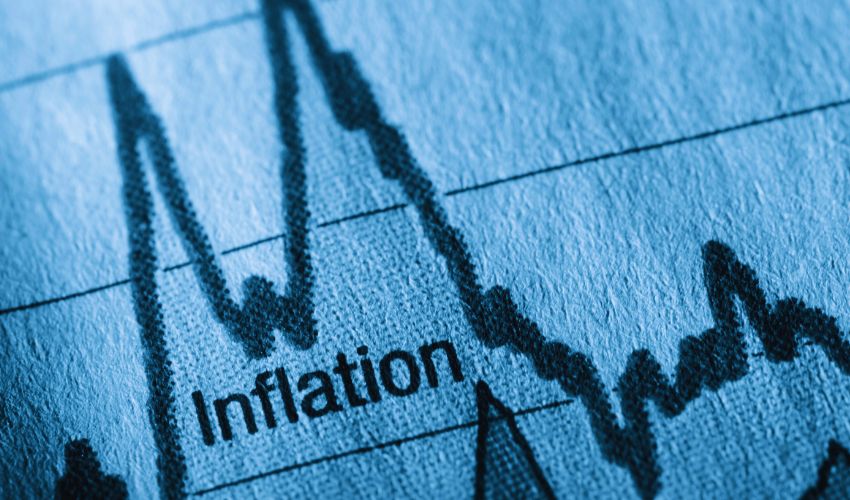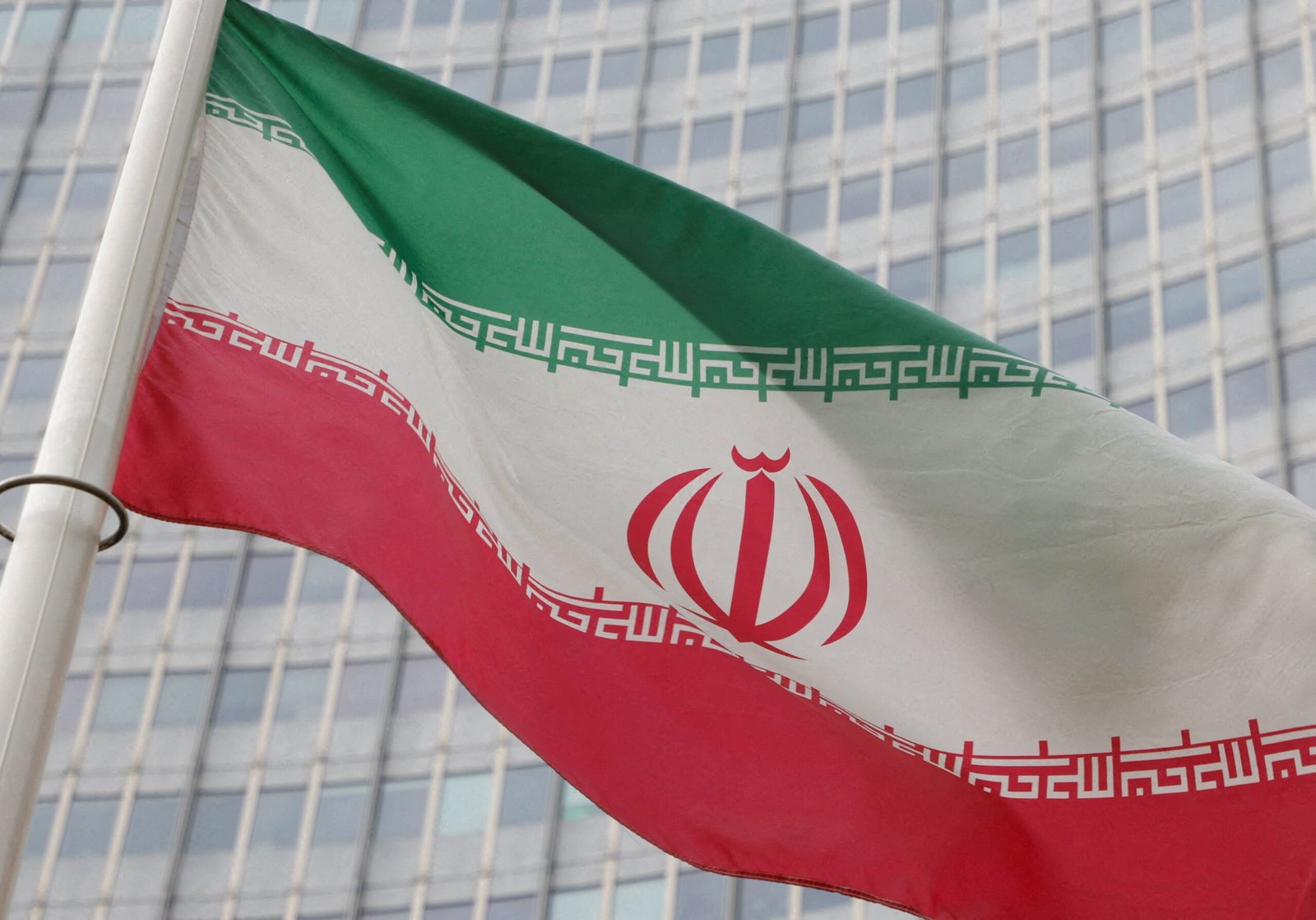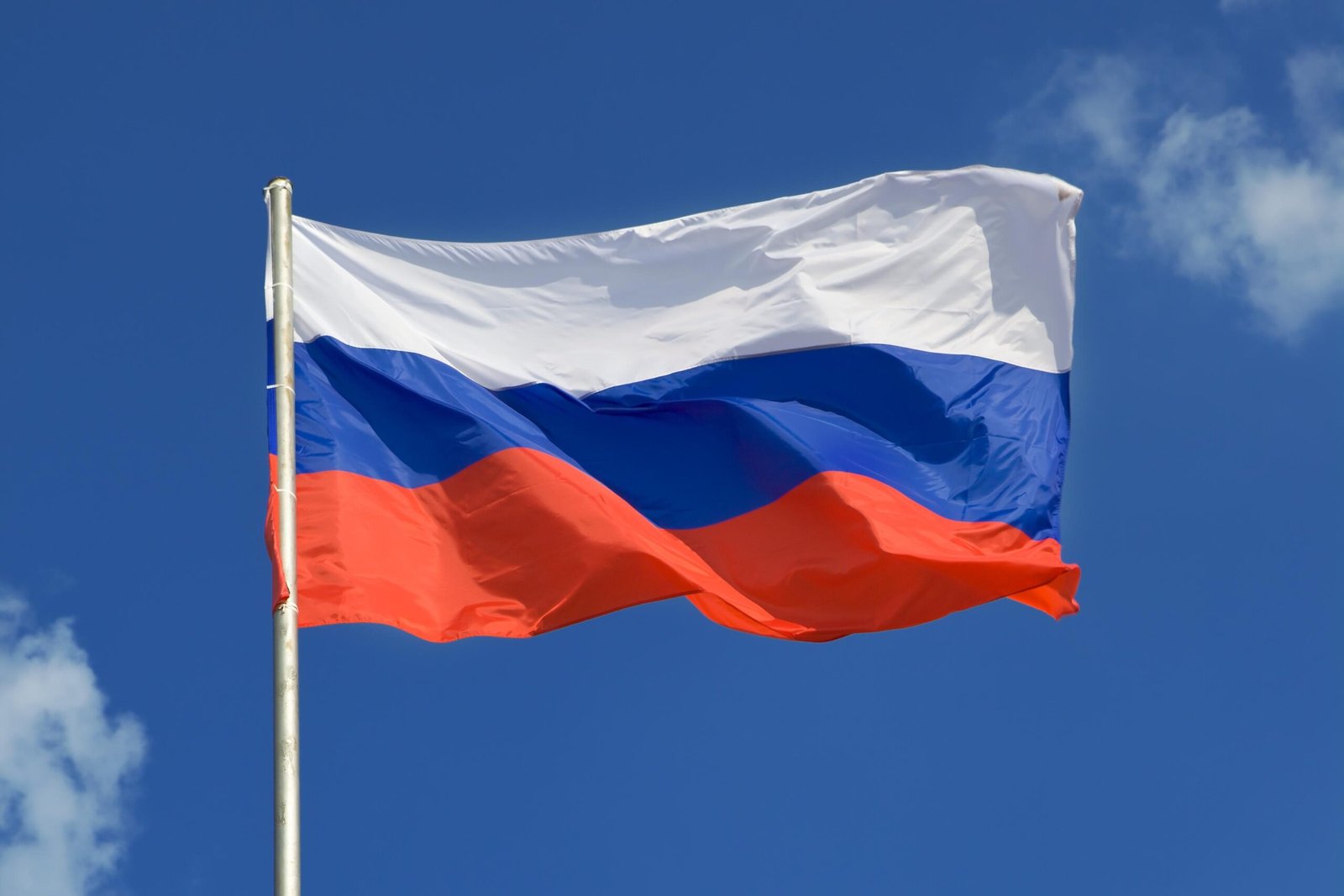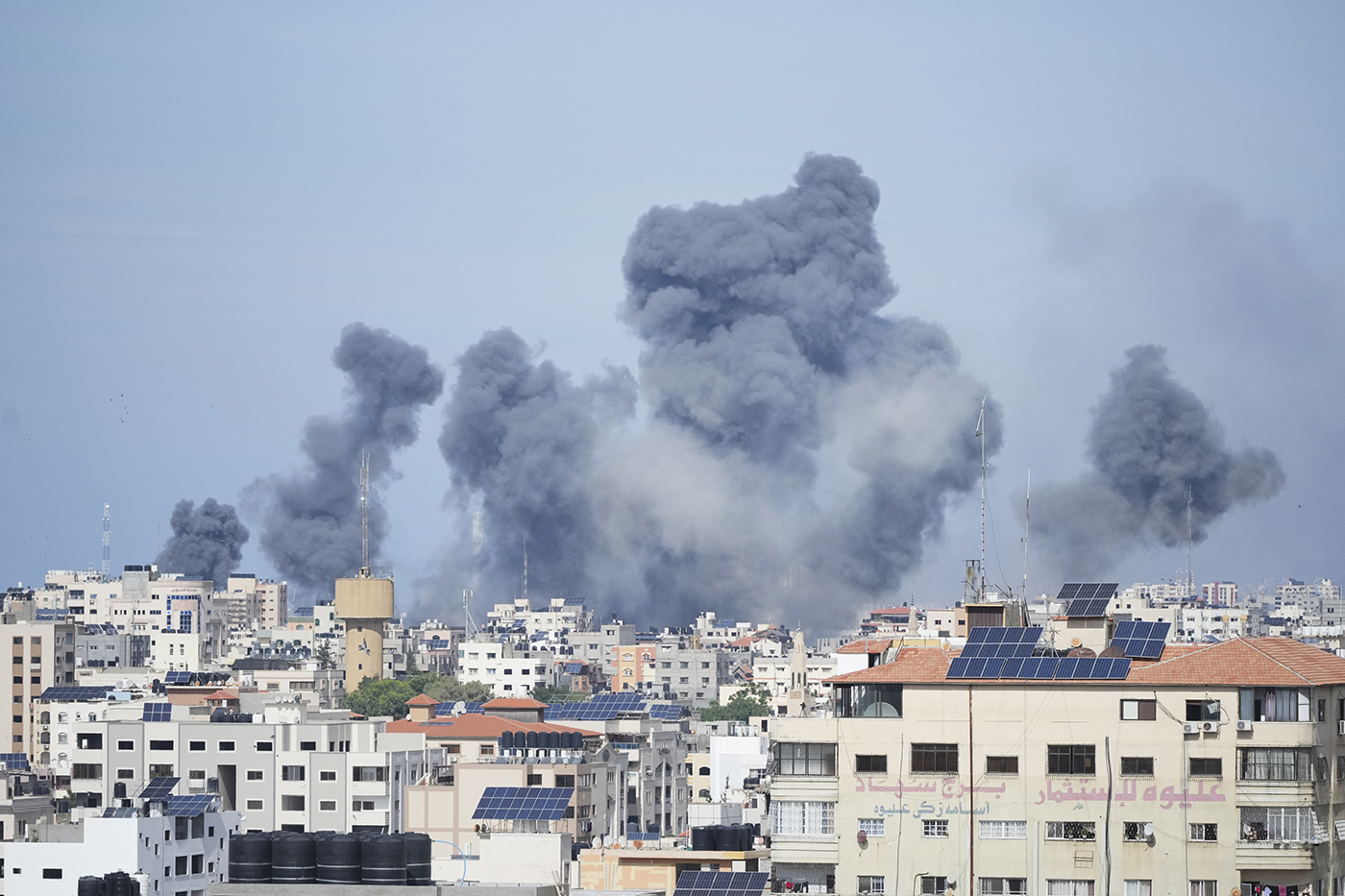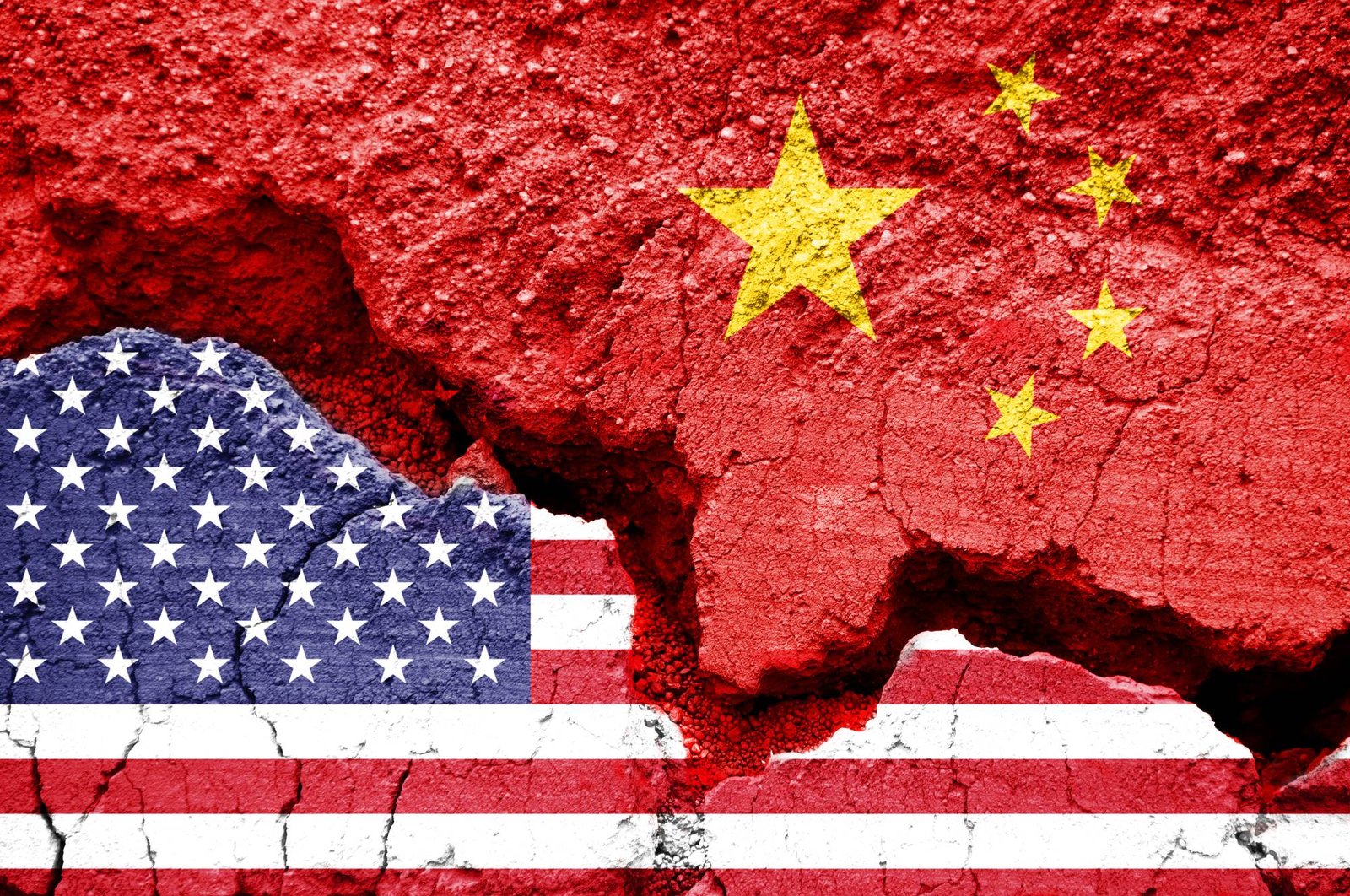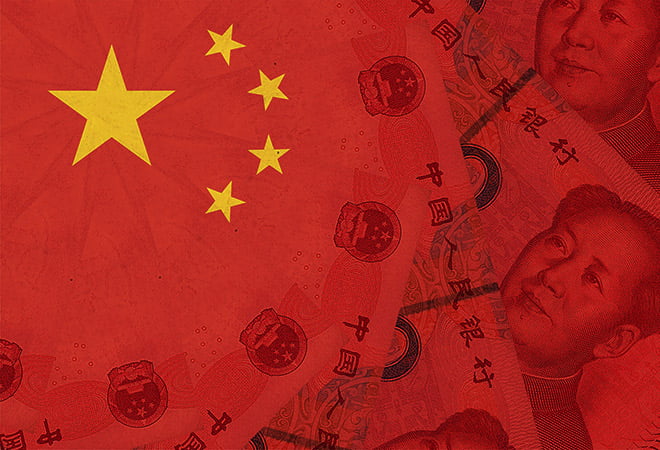The annual inflation for 2023-24 has surpassed the government’s budgetary target, reaching an alarming 23.41 per cent, driven by surges in electricity, gas, and essential kitchen items. This worrisome development has eclipsed the projected target of 21 percent for the outgoing fiscal year.
Figures released by the Pakistan Bureau of Statistics depict fluctuations in average monthly inflation throughout the year. The headline consumer inflation hit 28.3 percent in July 2023, peaked at 31.4 percent in September, and then gradually receded, reaching its lowest level of 11.8 percent in May before escalating to 12.6 percent in June.
The finance ministry attributes the recent decline in inflation to coordinated policies, lower global commodity prices, improved food supply, and the high base effect. Furthermore, it highlights the impact of the escalating conflict in the Middle East, indicating substantial geopolitical risks in the region with potential global repercussions. Despite this, commodity markets have exhibited a relatively subdued response to the onset of the conflict.
Notably, the implementation of timely measures has led to a more promising crop outlook domestically, coupled with political stability and a steady exchange rate, which are expected to contribute to achieving price stability.
Pl watch the video and subscribe to the channel.
Looking forward, the finance ministry projects a normalization of medium-term inflation in FY25 and FY26, owing to anticipated improvements in the agriculture sector and favorable global and domestic conditions.
The deceleration in inflation has provided a platform for the State Bank of Pakistan’s (SBP) monetary policymakers to reconsider the key interest rate, which has consistently remained at a historic high of 22 percent. The recent decision by the central bank to cut the key interest rate by 150 basis points, marking the first reduction in almost four years, brings it down to 20.5 percent.
The persistent inflation above 20 percent since May 2022 has coincided with the country’s ongoing reforms as part of an International Monetary Fund bailout program.
Additionally, the Consumer Price Index (CPI) – a measure of a basket of goods and services – has shown a slight increase of 0.5 percent from May. Independent economists attribute the relatively low inflation in June to several factors, including the high base from the previous year, no increase in discount rates, and stability in global commodity prices.
Breaking down the urban and rural inflation figures, we see that urban inflation stood at 14.9 percent year-on-year and 0.6 percent month-on-month, while rural inflation reached 9.3 percent year-on-year and 0.3 percent month-on-month. Food inflation in both urban and rural areas registered increases, with non-food inflation also experiencing a surge.
Food inflation has been particularly volatile, dropping to a single digit in October 2021 but progressively increasing to an unprecedented level of 48.1 percent in May 2023. Similarly, core inflation, which excludes volatile food and energy prices, has exhibited fluctuations, recording 12.2 percent in urban areas and 17 percent in rural areas.
In summary, while the government’s efforts have had some success in alleviating inflationary pressures, challenges persist, necessitating ongoing vigilance and proactive measures to ensure sustainable economic stability in the coming years.



